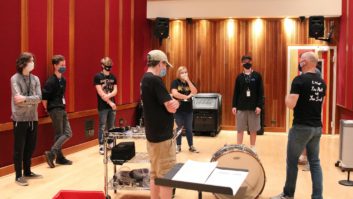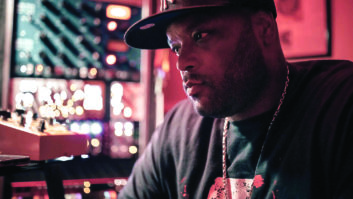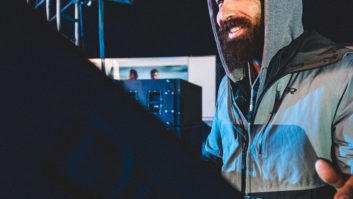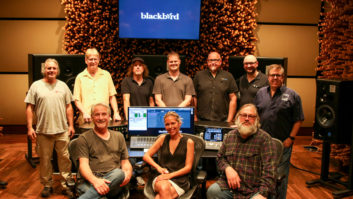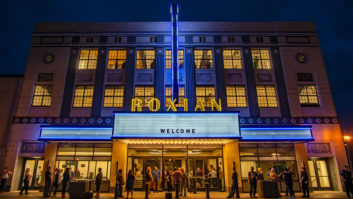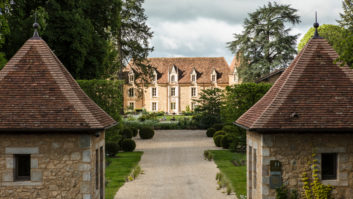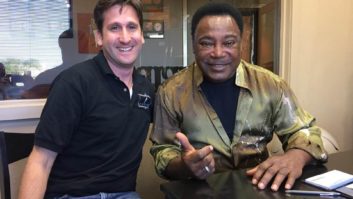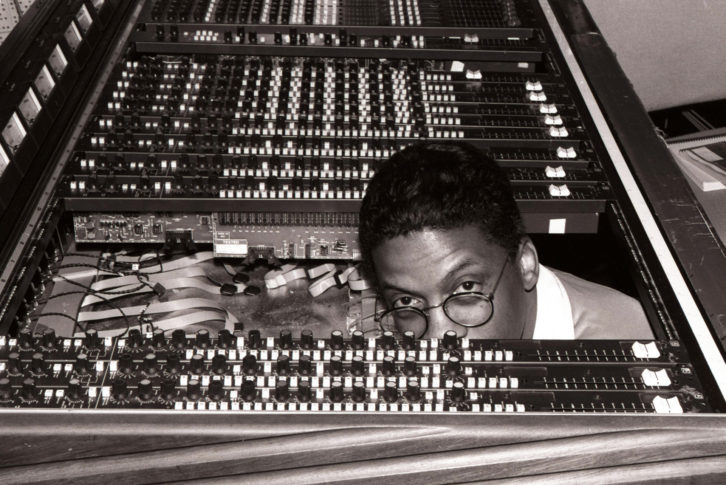
Bernie Grundman has remastered the new VMP Anthology: The Story of Herbie Hancock, an eight-album, 11-LP set curated by Vinyl Me, Please and Herbie Hancock himself. Grundman originally mastered a number of the original releases, including 1973’s breakthrough Headhunters and the 2016 Grammy Album of the Year, River: The Joni Letters.
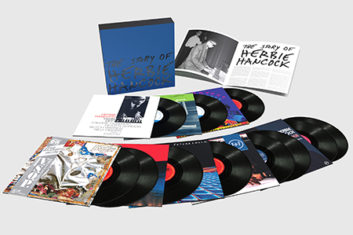
Grundman recalls the original Headhunters mastering sessions: “When they brought that in, I was working at A&M at the time, running their mastering department. Well, that record was shockingly different from what I expected a Herbie Hancock album to be. His approach was different from just about anything I had heard before. Herbie modernized jazz pop music, and because of the mentality that he has and that he put into that, it makes it even more interesting. It had a lot more depth than most records I had heard up to that time.”
The new box set includes albums from every major era of Hancock’s career—from his early albums as a bandleader to his later fusions of jazz with funk and hip-hop, and his Grammy-winning work from the 2000s. The albums were remastered by Grundman from the highest-quality original audio sources available.
The lacquers were cut from the original masters by Grundman and the LPs were pressed on high-quality, 180g black vinyl and housed in heavyweight tip-on jackets.
“There is a certain kind of mastering mentality that you get into when you know eight very different recordings will be all together in a box set,” Grundman explains. “There are certain consistencies that you try to hold onto. You can’t really make them all sound exactly the same, but you can prepare the masters in such a way that you bring in all your experience to make the collection have a spectral balance.”
“There’s quite a range there,” Grundman continues. “One album is all solo piano. And then there are albums that are more produced, and have more things going on, so they don’t have the same kind of presence. From that standpoint, it’s a matter of fundamentally optimizing how people are going to experience each album and the message that each album has.”
Bringing Music Back to Campus Safely
Guildhall School of Music & Drama in London is one of the premier arts colleges in the world. Key to the school’s musical curricula is its annual award for The Gold Medal—a performance competition that began in 1915 and had taken place uninterrupted through 2019. Of course, because of the global pandemic in 2020, the annual May performance had to be put on hold as teaching moved online during the summer term.
“Because of Covid we needed to be swift in our response to ensure things like The Gold Medal could occur and, very importantly, that in-person classes could still take place with full-scale participation,” says Julian Hepple, Head of Recording and Audio Visual at Guildhall School. “To make that happen we quickly turned to Dante and Dante Domain Manager. And, in September, as we returned to in-person teaching, we were able to hold The Gold Medal and broadcast the performance online.”
To adhere to social distancing requirements, The Gold Medal performances were constructed across four separate rooms. The largest space was populated by those on string instruments and the piano, with each participant located two meters apart. Woodwind and brass instruments were split up each into their own rooms, with three meters of space allocated between performers. Finally, the conductor was located in a fourth room. The challenge of this setup, of course, was collaboration between the multiple rooms.
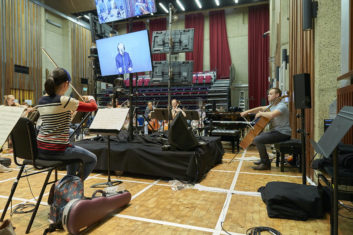
To do this, 40 Neumann, Rupert Neve Designs, Schoeps and DPA directional microphones were strategically placed across the space to capture instrument audio. These feeds are brought into SSL and Yamaha preamplifiers where they’re translated into Dante-native channels. These Dante feeds then head to Cisco and Dell switch infrastructure across two buildings, and then routed to a Solid State Logic System T mixer that allows for broadcast-specific processing. The audio feeds are then delivered out to two locations: to the broadcast mix for live playout via a live production system, and to the other performers via headphones.
“With Dante we were able to deliver the correct mix to the different rooms with an imperceptible level of latency,” Hepple says. “Our conductor went into rehearsals on day one, and within 20 bars he said he was ready to go. This is someone who has decades of experience in the classical performance space, and it was an immediate acceptance of the new setup.”
Despite the unique visual—the setup across four different rooms—the production is a seamless performance.
